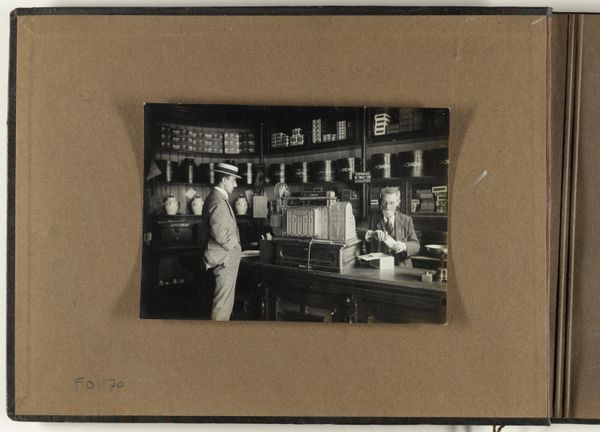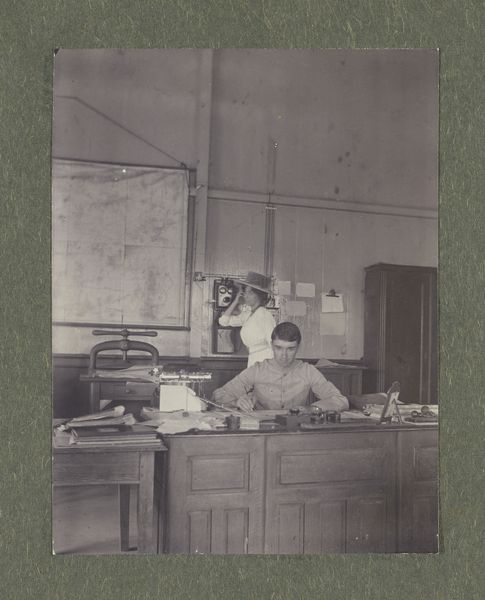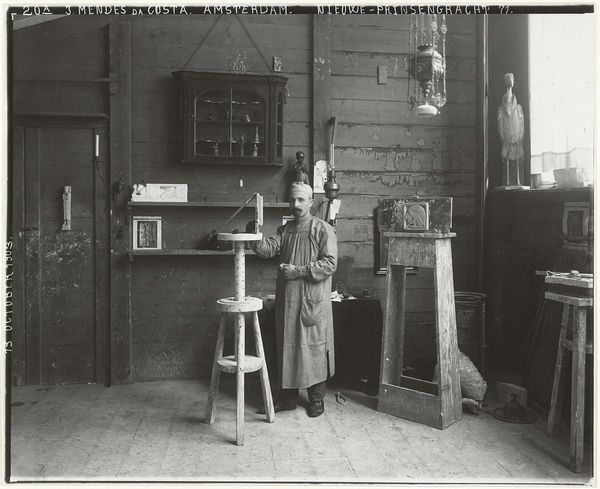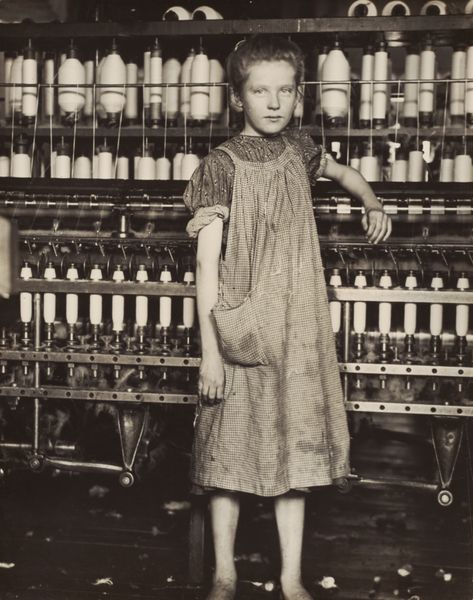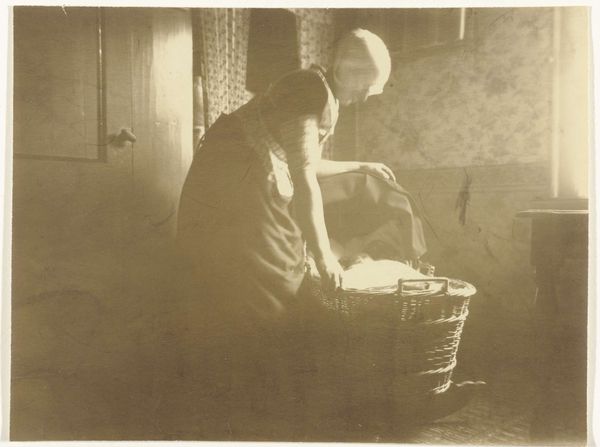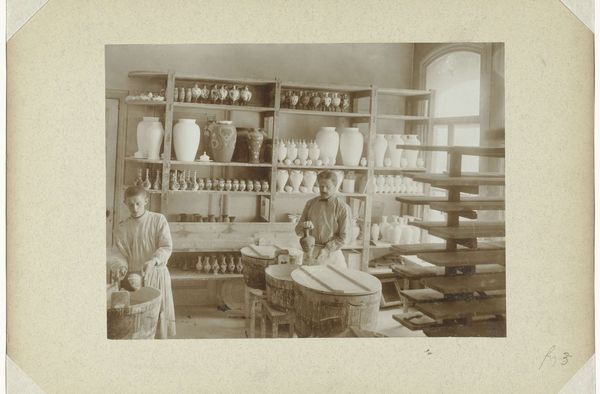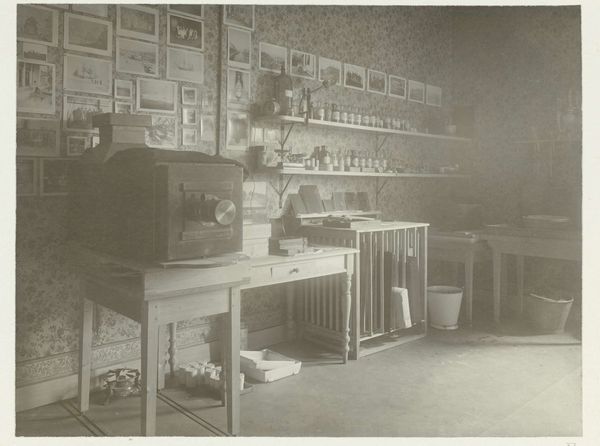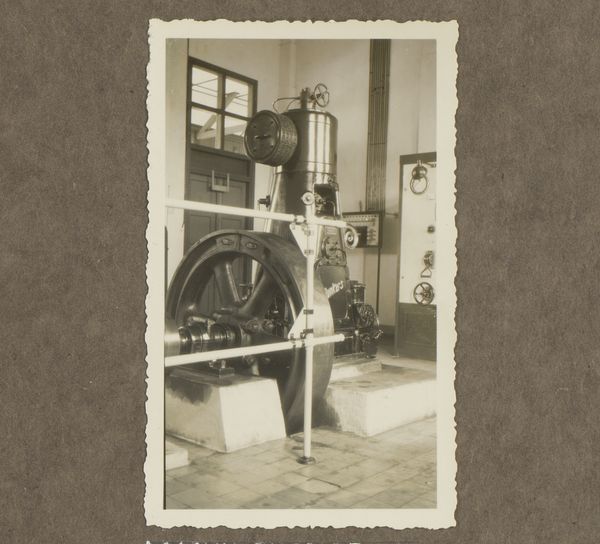
photography, gelatin-silver-print
#
portrait
#
print photography
#
film photography
#
archive photography
#
photography
#
gelatin-silver-print
#
monochrome photography
#
ashcan-school
#
genre-painting
#
realism
#
monochrome
Dimensions: height 127 mm, width 88 mm
Copyright: Rijks Museum: Open Domain
Curator: Oh, the air in this image feels thick, doesn't it? There's something so immediately somber and weighty. Editor: Yes, indeed. Here we have "Meisje in katoenfabriek," which translates to "Girl in Cotton Mill," captured sometime between 1906 and 1917 by Lewis Hine. It’s a gelatin silver print. Curator: It's…suffocating. Not just the implied labor, but the tonal range, all grays and blacks swallowing the light. The girl herself seems lost in it. Editor: Hine was, of course, documenting child labor, bringing the harsh realities of industrial work directly into the public eye. He focused sharply on gelatin silver prints, known for their ability to capture fine detail and a wide range of tones. They made these truths starkly unavoidable. Curator: Her hand resting on the machine… it's like she’s become an extension of it, all part of one unfeeling process. And her eyes? So much older than her years. What did this do to her sense of self? Editor: Consider the setting: cotton, the fabric of exploitation, of global trade built on the backs of the disenfranchised. The very material here tells a story of labor and capitalist systems in motion. Curator: I keep wanting to reach in and pull her out. Into the sunlight. Maybe into a field of… well, anything other than endless spindles and brick. Editor: It's precisely that gut reaction, that personal connection, which reveals the enduring power of Hine's photography, using photography as both art and activism. He highlights how making and being, are intertwined and embodied. Curator: I guess it shows how sometimes beauty can exist in the darkest of places. Not prettiness, but a different sort, born from compassion, empathy, from bearing witness. Editor: Absolutely, an unflinching gaze trained on the cogs and gears of a society consuming its youngest members, revealing its human costs through tangible form.
Comments
No comments
Be the first to comment and join the conversation on the ultimate creative platform.
